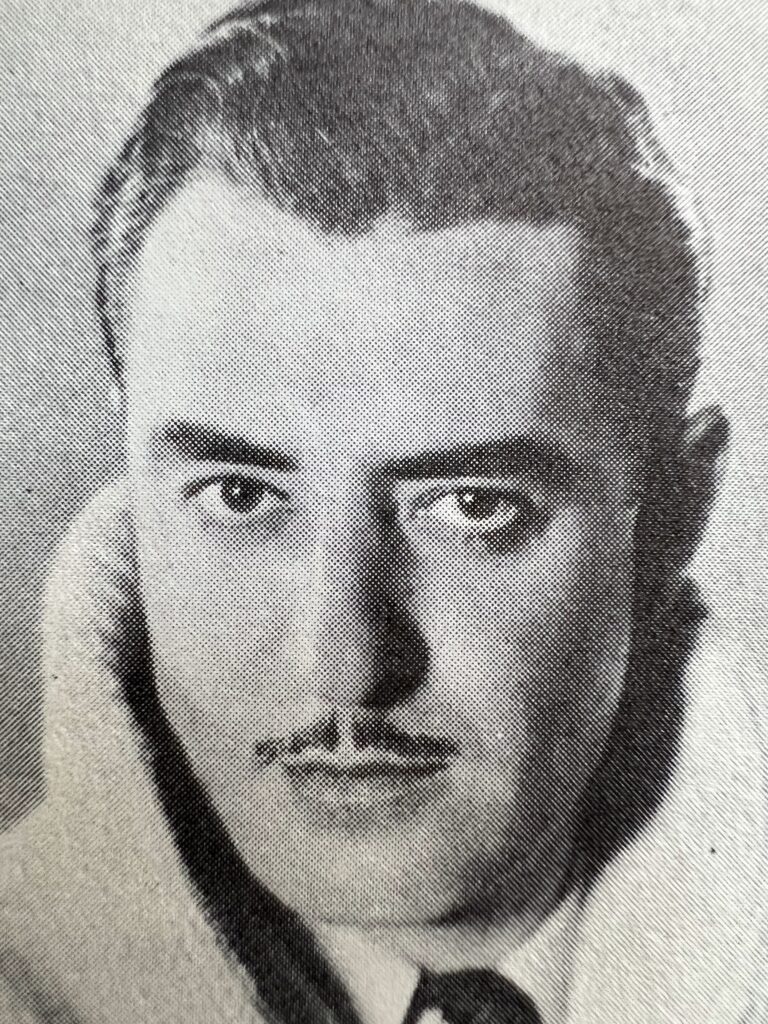(Move over Hedda Hopper, Louella Parsons & Adela Rogers St. Johns)
I often find myself on YouTube (since I have a Roku box, directed to my TV screen), watching a barrage of videos from all manner of content creators. Just can’t imagine how anyone could bear to watch an itsy-bitsy phone for any length of time. That would ruin it all for me since I’m hopelessly addicted to this medium…
Especially so when a classic film is being shown, and such was the case this week watching Circe the Enchantress on YouTube (with Czech intertitles & Spanish subtitles). I had to settle for the Czech/Spanish version since no one’s posted the complete film with English intertitles. Reference please:
If you don’t understand Czech or aren’t fluent in Spanish (como yo), watching Mae Murray (aka the Princess Mdivani) emote is likely all you’ll need. Very glad I watched this since it showed me that she was truly one of the greats of the silent era.

I also suggest watching the film jewel in Mae Murray’s crown, 1925’s The Merry Widow, directed by Eric von Stroheim, for anyone who wants to see “poetry in motion.” Von Stroheim brought out a unique quality in Mae which resonated with filmgoers worldwide. Reference please this link and incidentally, Miss Murray doesn’t appear until almost 11½ minutes into the film. Certain there were long arguments between said actress and director von Stroheim about that decision!

The 1950 film, Sunset Boulevard, simply had to be based on Mae Murray’s life. Sunset Boulevard’s Norma Desmond is the essence of Mae Murray, and since reading Michael G. Ankerich’s biography, “Mae Murray, the Girl with the Bee-Stung Lips,” any lingering doubts I had were permanently dissolved.
These two women are one and the same.
The Ankerich book is quite well-researched, and next to “Swanson on Swanson,” one of the best accounts ever written on the silent era. The Jane Ardmore 1959 book, “The Self-Enchanted,” which regrettably relied on the recollections of Mae Murray (still alive and kicking at the time), was the only biographical account I’d previously digested, until the Ankerich offering some 50 years later.
“Self-Enchanted,” indeed! Clearly more “self-deluded,” which likely explains why Mae was found on the streets of St. Louis, Missouri in 1964, aimlessly wandering about in a state of confusion at age 79. Reference please, this article:
https://news.google.com/newspapers?id=YrMyAAAAIBAJ&pg=990,1605441
Hate to think of what’ll happen to me then. Wait, that’s only 8½ years from now, perish the thought!
Other happenings this week…got to brush up on my latest Hollywood gossip. Shall I do another movie review? NO! Let’s not and say we did, n’est-ce pas? Think that my Emilia Pérez review from last week will tide me over for quite some time, thank you very much.
But really, I just gotta trash some other film since there’ve been so many recently. Guess I’ll just peruse the Oscar nominations and come up with a sufficiently delectable menu. Don’t cha think?
My mind wanders, or haven’t you noticed? Guess it’s my age…going to be 71 in June. One of my co-workers not-so-lovingly disparaged my mind as being a “senior citizen brain-dump!”
Evil woman…
Where oh where is Miss Marion Davies when you need her most? WRH’s mistress was much to my dismay (according to Adela Rogers St. Johns, a longtime Hearst columnist), the very person who had NOT wanted dear WR to divorce Millicent (Mrs. Hearst). I’d always heard differently, all those many claims and memoirs stating it’d been Millicent Hearst herself, not Marion Davies, that had made all the fuss, the former having been so staunchly Catholic.
Guess time eventually reveals all truths and guess I’ll find out soon enough when it’s time for me to cross over.
Don’t cha think, or don’t cha? Until next time…
























